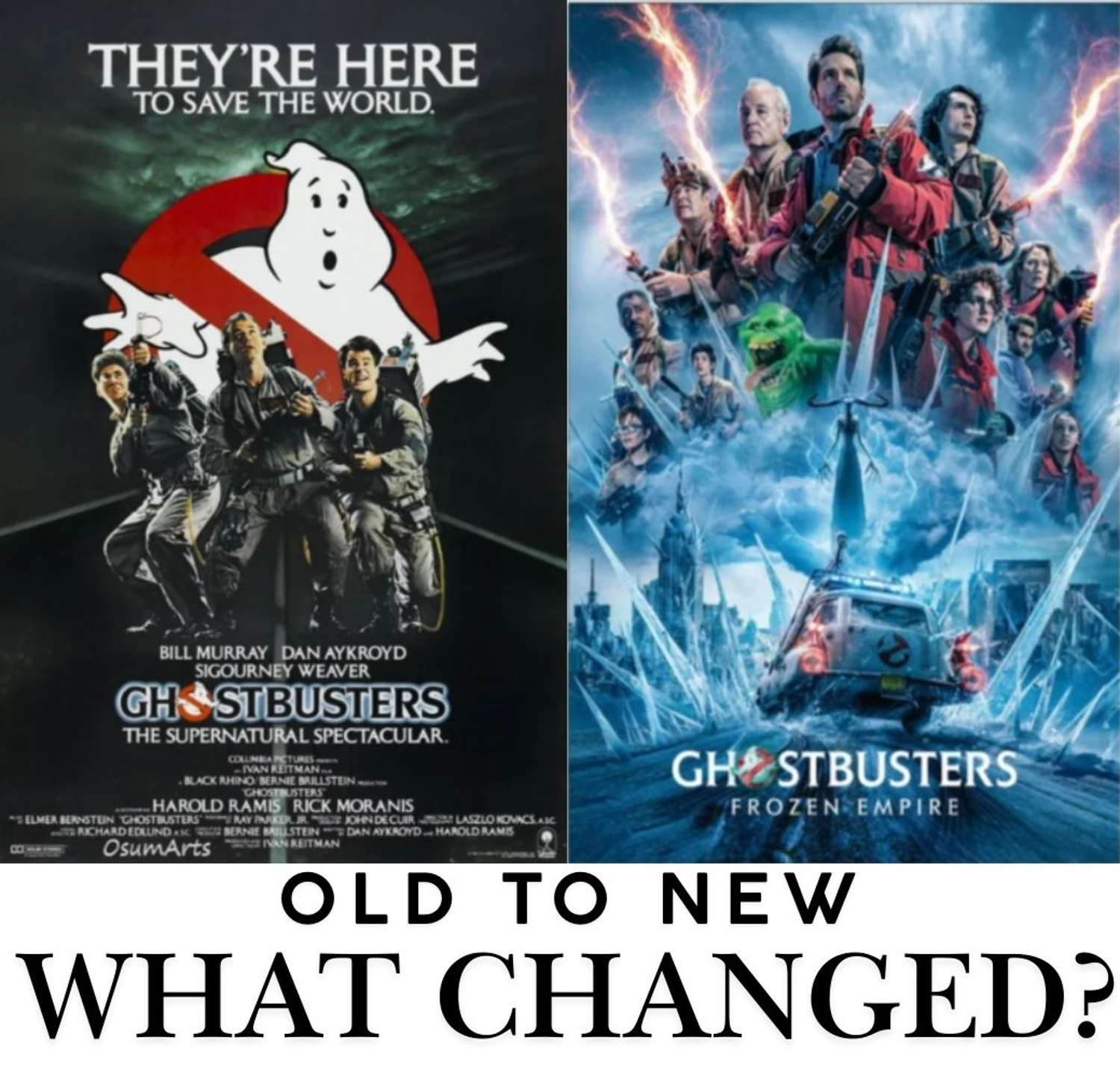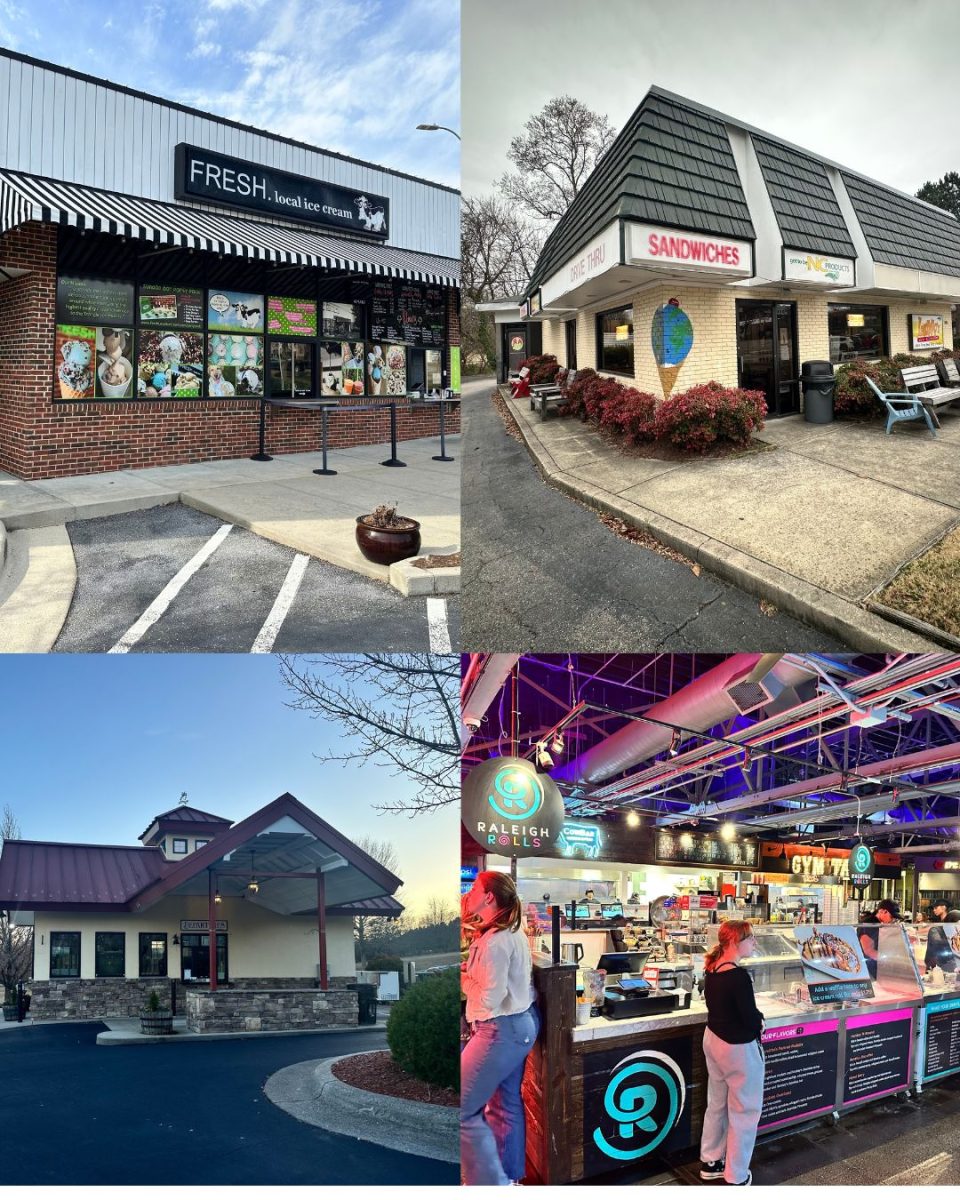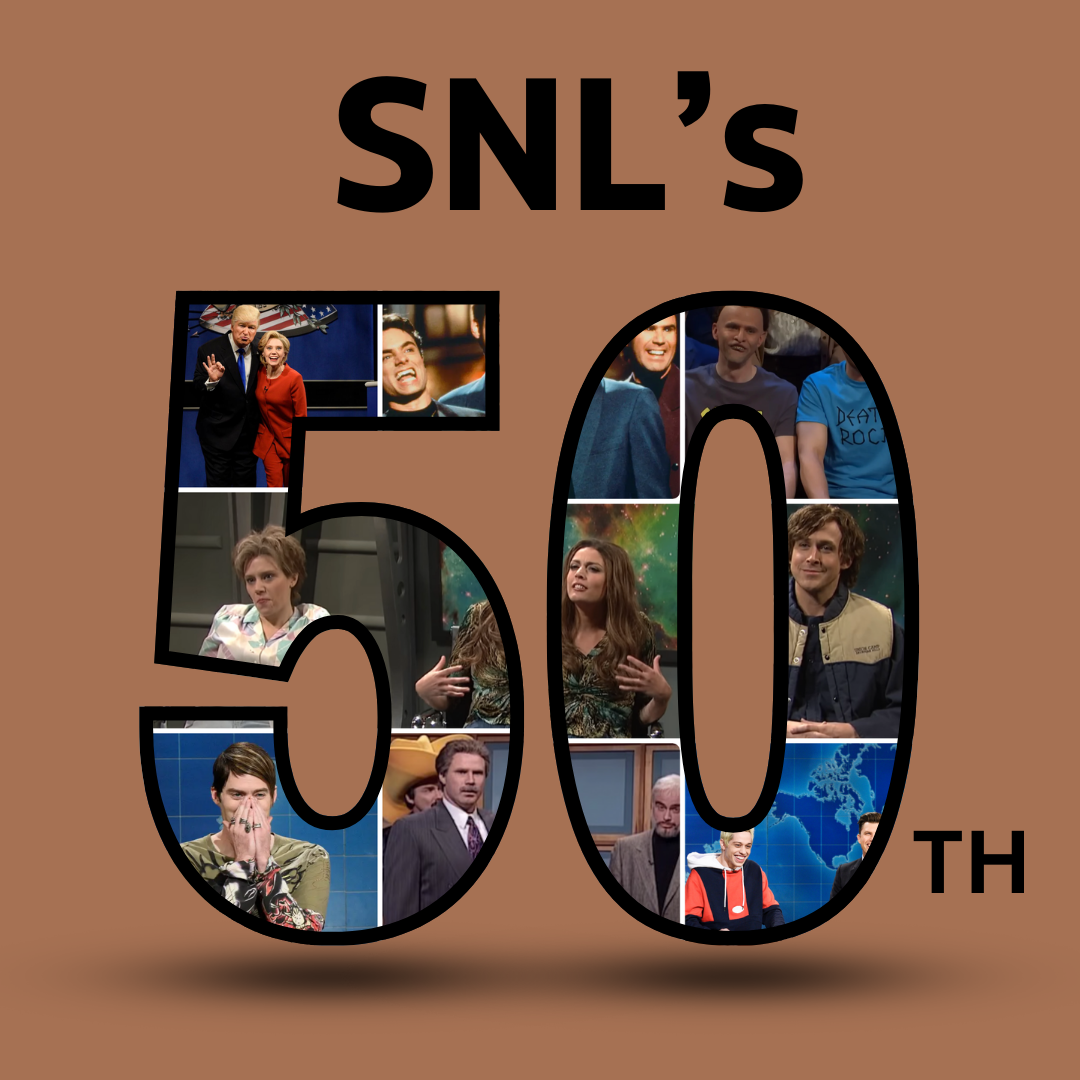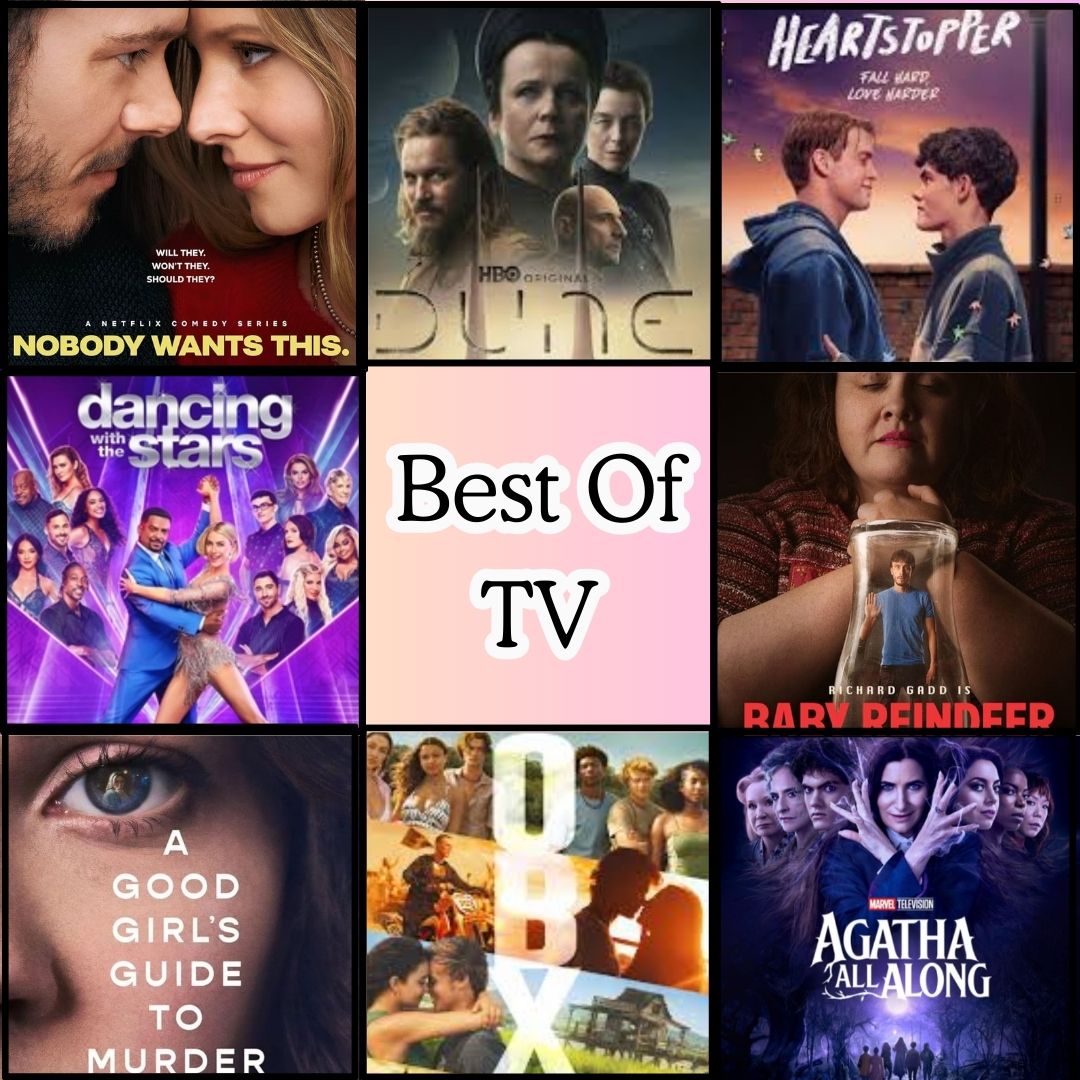Movies made these days have miles of differences in terms of standards, censorship, writing, filming and inclusivity as compared to the old classics of Hollywood. It isn’t uncommon to hear people talking about “the good old days” when things were better and simpler, the cinema industry being no exception. However, while a good number of movies from the ‘70s, ‘80s and ‘90s have stood the test of time, it’s not surprising that many fell to the wayside, or movies that were popular a few decades ago are now deemed socially unacceptable – some for a good reason. But has the way movie-making changed been for the better of entertainment, or have new standards ruined its authenticity?
In recent years, there has been a surge of movie remakes that are specifically crafted to appeal to people’s nostalgia for their older, favored films. For Disney, this has meant producing a constant stream of live-action retellings of popular animated stories like The Lion King, Cinderella and Aladdin. While these types of movies have given the studio great profit, they, along with the abundance of sequels being made to Disney classics, seem to point to a lack of creativity in the writing room.
This isn’t the only studio that seems to be having trouble with formulating new stories and characters that deviate from what people already know and love. Ghostbusters grossed around 295 million dollars at the box office when it originally came out in 1984, while the most recent movie in the franchise created this year, Ghostbusters: Frozen Empire, made $201 million, which is far less when considering the inflation of money in the past 40 years. Critic reviews from Rotten Tomatoes say that what keeps this sequel from truly sparking is its crowded cast and unusually serious tone, summing up to the fact that it is mostly nostalgia-fuel for fans of the original. This addition to the well-known movie chain is not the only one to have relied solely on nostalgia and big, Hollywood names to attract viewership. It seems lazy to use these methods and in a perfect world, big studios would look for new actors, make new storylines and create new characters instead of regurgitating what people are already familiar with.
However, this doesn’t mean movies are being made these days without change at all. Major progress and breakthroughs in the technological aspect of film make movie-watching all the more enjoyable for people today and for years to come. Not to mention the leaps and bounds Hollywood has made in inclusivity in both the stories of the movies they make and the actors they choose to be in them. Now more than ever people of all cultures and backgrounds are far more likely to find a movie and see themselves in it than they would have in something that was made in the ‘80s, ‘90s, or even the early 2000s.
Unfortunately, it isn’t uncommon to hear the opinion that these forms of diverse casting are forced or unnecessary. In terms of movie remakes, the most popular one that received this kind of backlash was The Little Mermaid, starring actress Halle Bailey as the character Ariel. Many people believed that this casting dishonored the original and was untrue to it, yet this decision was very endearing to many little girls who now had more than one Disney princess who looked like them. But this does beg the question of why this type of inclusivity couldn’t have been made by just creating new movies that starred people of color in their own original characters.
The visibility of minorities and other groups of people that otherwise haven’t often been represented in cinema isn’t the only thing that’s changed about filmmaking. From 1990 backward, it seemed that the consumption of alcohol, gun usage, excessive violence, and other things that are now considered inappropriate for young children was constantly shown in movies rated PG. The advertisement of tobacco in movies became so bad in the 1980s that it needed a Congressional investigation.
Other blatantly bad habits in old movies were the stereotyping of people of color and the copy-and-pasted archetypes they had to portray if they wanted to pursue acting. It is easy to make the argument that it was just a different time and that it isn’t a big deal, but the acceptance of these topics will lead to the indulgence of letting it continue. It is okay – important, even – for people to be able to admit that some movies from those periods didn’t age well while still holding their favorites close to their hearts.
In all, there are both positive and negative aspects of the way movie-making has changed throughout the years. No studio can create a film that appeases everyone and their tastes, so truly the best course of action is to simply let people like what they like. Whether it’s a remake, brand new, or an old classic, hours of hard work from all types of people went into making it, so even if it isn’t some people’s cup of tea, there’s nothing wrong with letting others appreciate a movie. The process of making films will continue to change and evolve no matter what anyone has to say about how it’s done, so the masses can just sit back and watch it happen – maybe taking some popcorn to snack on while they do.











